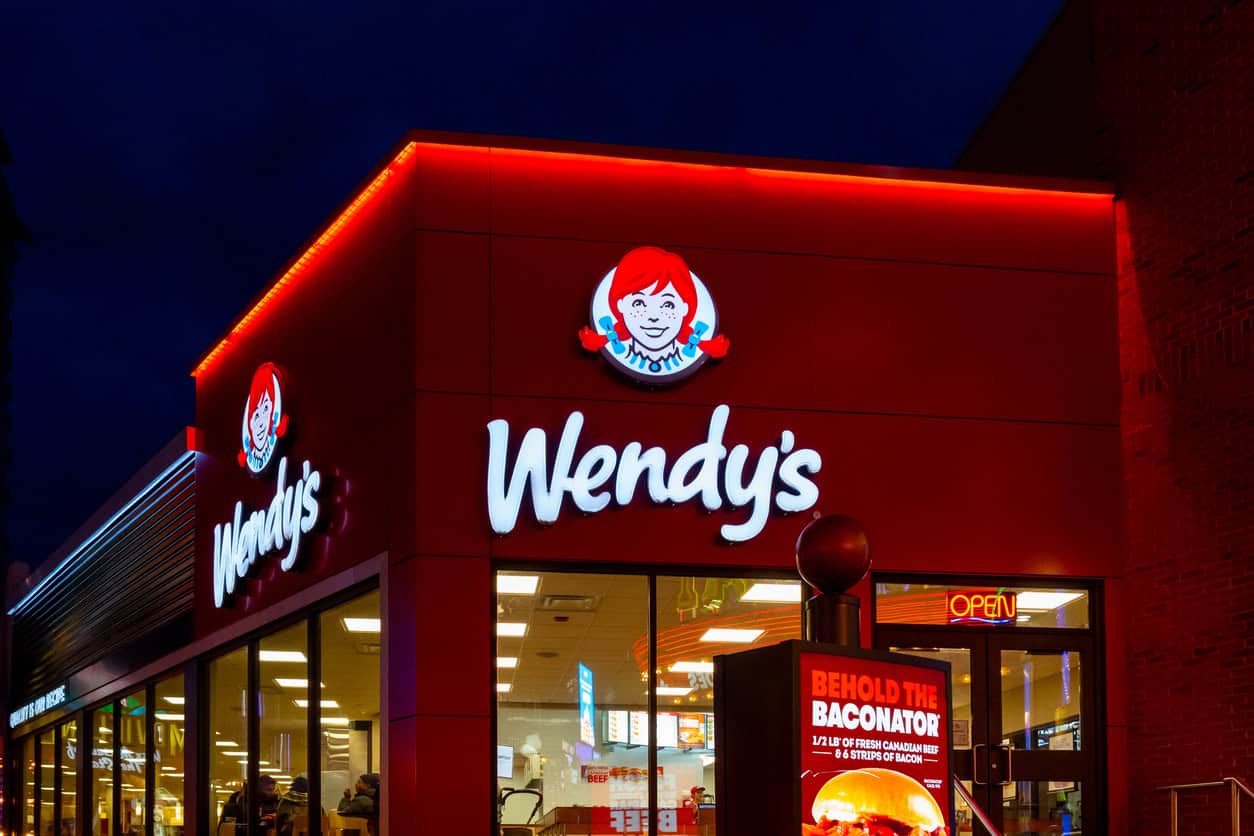
iStock.com/JHVEPhoto
Wendy’s CEO Faced Backlash Over Dynamic Pricing Strategy
July 15, 2024
In the world of fast food, Wendy’s is embracing innovation to meet consumer demand for discounts. According to Business Insider, CEO Kirk Tanner revealed plans to introduce dynamic pricing through digital menus, aiming to enhance efficiency in offering discounts. However, this strategy has sparked concerns about the implications of unregulated pricing in the industry.
Overall, American consumers are passionate about discounts, and businesses are in a constant battle to provide the most attractive deals — or at least create the impression that they are.
Walmart is another brand that exemplifies this strategy with its recent introduction of innovative pricing methods in early June. The retail giant plans to implement digital shelf labels in 2,300 stores over the next few years.
A Walmart spokesperson clarified that despite the new digital shelf labels allowing rapid price adjustments, the company will not raise prices during periods of high demand. “There is no plan to change the frequency of price changes or implement different pricing methods,” they said.
These shifts do, however, raise significant concerns among experts about the potential impact of changing pricing strategies. While industries such as airlines and ride-hailing services like Uber have long utilized surge pricing, there is apprehension that the widespread adoption of dynamic pricing in retail and grocery stores, facilitated by digital price tags, could make it difficult for consumers to budget for essential items. On the flip side, individuals with the flexibility and means to compare prices and wait for discounts might benefit from lower costs.
Adjusting prices in line with supply and demand is a core principle of capitalism. For a long time, retailers and restaurants have used different prices for different times, like back-to-school sales or happy hours. However, with digital shelf tags and online menus, this process is faster and allows for more varied pricing, which could confuse shoppers trying to find the best deals.
According to Elizabeth Pancotti, director of special initiatives at the Roosevelt Institute, there are concerns about applying digital pricing strategies to essential goods. She noted that while these tactics are not novel, their use on basic necessities raises significant issues.
Pancotti said, “There are so many folks that are relying on more stable prices. Prices are high, but they’re at least stable. And you could see a lot more instability. I think when you think about our macroeconomic tools, the Fed doesn’t have the ability to fight for price stability when they’re waging a war against digital price tags that can change every three seconds.”
Earlier this year, Wendy’s acknowledged customer concerns. In an earnings call in February, CEO Kirk Tanner mentioned that the company would start experimenting with dynamic pricing, including digital menus that can adjust prices and offerings periodically. Following customer backlash online about potential price surges, a spokesperson clarified that Wendy’s had no plans to implement surge pricing.
The chain announced that the digital menu boards would focus on providing discounts to customers more efficiently. However, Pancotti noted that this type of pricing experimentation has raised concerns among some consumers and experts, particularly due to the ability to make these adjustments without rigorous oversight.
Pancotti said, “I commend companies for being creative and trying to find these places where they can operate without regulations and without a lot of government capacity. But I think it’s a huge risk for consumers.”
Recent News
Delta Seeks Outage Damages From Microsoft, CrowdStrike
The airline plans to sue both Microsoft and CrowdStrike for damages.
Sprouts Shares Positive Q2 Financial Results
Sprouts Farmers Market, Inc. reported robust second-quarter results ending on June 30, 2024.
Johnnie Walker Maker, Diageo, Posts Largest Sales Drop Since the Pandemic
As inflation and high interest rates force many to find ways to cut spending, it appears alcohol is also losing its buzz.
IKEA Focuses on Sleepeasy With New Pop-Up Event
IKEA U.S. is making new strides in the furniture retail market by launching The IKEA Sleepeasy, an immersive pop-up event that will take place in New York in August.
